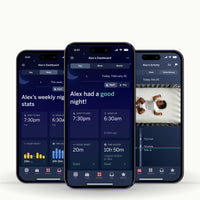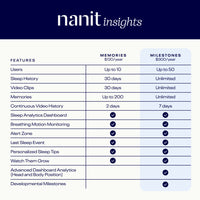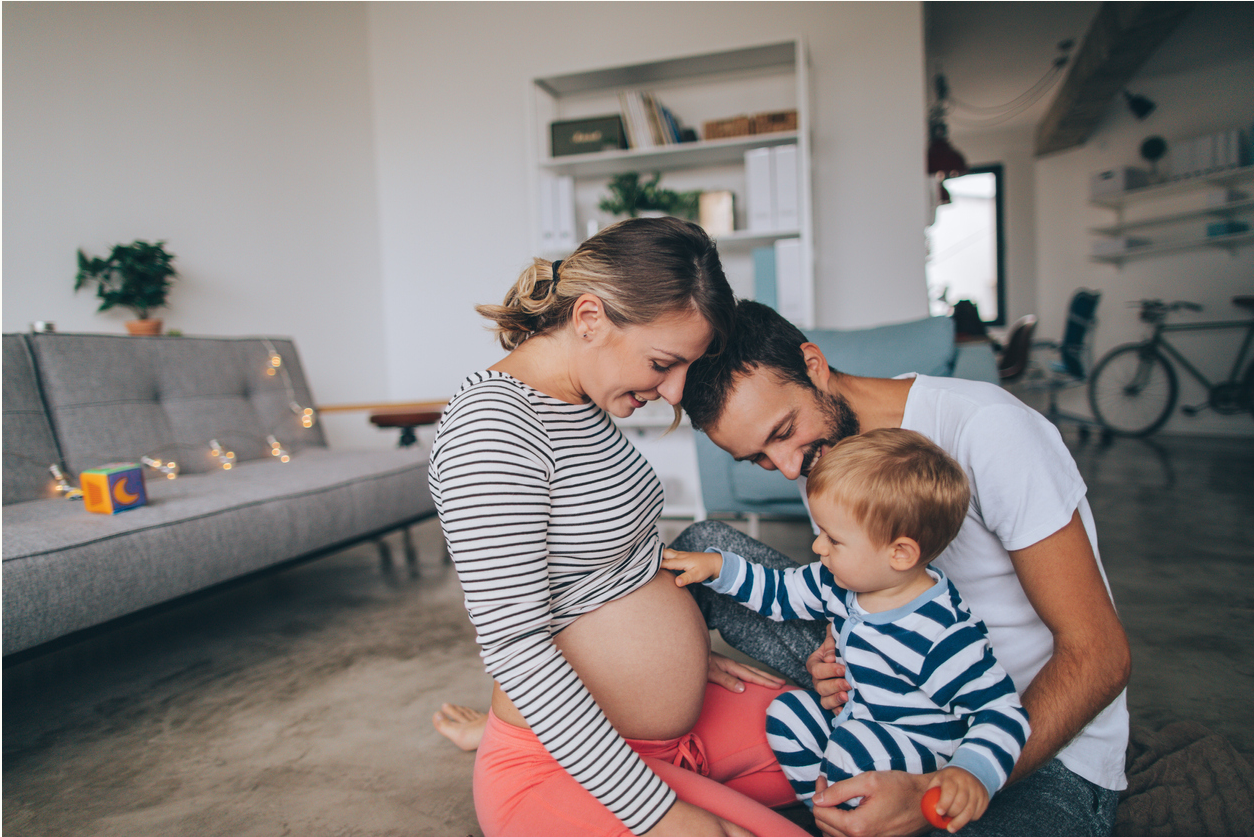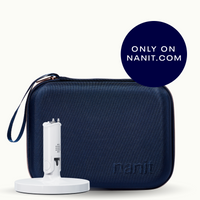Between setting up the bassinet and stocking up on diapers, what to wear during labor may be furthest from your mind. But as your due date approaches, getting your “go bag” that has the right clothing (and toiletries!), snacks, cash and more ensures you feel comfortable, prepared, and um, covered during labor and delivery (or more accurately, as covered as you can be while giving birth).
From a traditional hospital gown to your favorite oversized T-shirt and comfiest slippers, there are plenty of options for what to wear during labor. With this guide, we’re here to help you mull over your options and decide what’s best for you.
What to consider when choosing your labor outfit
The right details can make labor and delivery easier for you and your birthing team. When choosing what you wear during labor, keep an eye on these three important factors:
-
Accessibility. The birthing team needs to easily access your body (all of it!) during labor and delivery. Opt for clothing that’s easy to open or requires minimal effort to take off.
-
Coverage. You might have to get up and walk around for many hours during labor, so full coverage–as opposed to an open-back hospital gown–can come in handy. A robe is an ideal option for covering up the hospital gown, and easy to take on and off, too.
- The right fit. Bringing your own clothing gives you full control over sizing. For example, if you’re giving birth in a hospital, the provided gown may be too small or in many cases, too large.
What to wear during labor
So what do you wear during labor and delivery? The best birth outfit or clothes for labor is the clothing that works for your comfort level and helps you stay as calm as possible. Among the many options you have are:
-
Hospital gown. If you’re giving birth in a hospital, there’s a good chance they’ll ask you to wear a gown. While its open back may feel a bit too breezy, this ease of access is important for the medical team. You can wear a hospital-provided gown or buy and bring your own.
-
A birthing wrap. Also known as a rebozo or a towel wrap, this multipurpose shawl is used during labor by taking weight off you as you hold a squatting position. It’s wrapped around your back while someone stands in front of you while holding the ends. A birthing wrap can also come in handy as a belly band before birth and can be used as a baby carrier after birth.
-
An oversized t-shirt. Simple, familiar, and likely already in your closet, a favorite oversized t-shirt can be the right choice to ease you into delivery. They offer plenty of room for your belly while hanging just low enough to not feel completely bare on bottom when it comes time to deliver. Just remember, it may be ruined in the process, so bring something that’s not near and dear or irreplaceable.
-
Nightgown. Similar to an oversized t-shirt, a favorite nightgown can feel familiar during such an emotionally and physically draining time. A nightgown is washable, many designs are breathable, and they’re easy to pull up when it comes time to deliver your baby. (Again, remember some stains may not come out!)
-
A birthing gown. All the rage on social media, beautifully and thoughtfully designed labor and delivery gowns have special features for easy access. You’ll find models that accommodate IVs, epidurals, fetal monitoring, and have shoulder snaps for skin-to-skin contact, among other features. Plus, many are made with breathable, high-quality fabric. They’re not necessary, but if they help you feel comfortable, by all means mark the occasion with one.
- A birthing skirt. Birthing skirts are designed for both ease of access and modesty. They quickly and easily open up when needed while providing adequate coverage while standing, walking, or squatting.
Tips on clothing during childbirth
- Make sure it’s washable. There’s no way around it—childbirth is messy. Expect any clothing you wear to get pretty dirty. Take a look at the care tag and double-check that what you wear to the hospital can be tossed in the washing machine when you get home.
- Free-flowing is favorable. Squatting, lying down, walking around—you’ll need the freedom to get into all sorts of positions during childbirth. To that end, leave behind anything stiff and unforgiving in favor of incredibly stretchy, soft fabric.
- Skip the underwire or anything with metal in it. If you need a C-section, metal can put you at risk of burns. Bring a nursing bra with you to labor and delivery, especially to help with nursing after birth. If you’re having a water birth, try a bathing suit top.
- Tie your hair back. Sweep your hair off your neck and shoulder to help cope with the heat, sweat, and stress that comes with delivering baby. Stash a few hair ties in your go bag.
- Don’t rule out going through labor nude. For home births and water births, you can opt to wear nothing at all or just wearing a bathing suit top. This is likely not allowed in hospitals and may not be permitted in some birthing centers, so be sure to check this option against your birthing plan.
- Think about after delivery, too. Your labor outfit can be a good choice for recovery. The same access labor clothing provided can be beneficial for breastfeeding and skin-to-skin contact (and it's comfy, too!). A bathrobe is ideal to wear over your clothing after delivery, and since many hospital rooms are as busy as Grand Central Station, it’s nice to have something to cover up with.
- Don't forget your self-care accessories! Bring tools to soothe and heal your body during the end of your pregnancy, delivery, and postpartum. Our go-to Rescue Me Bundle can help, with a compressing and cooling head wrap and a lanolin-free formula to soothe irritated nips and relieve dry lips.
Key takeaways
What you wear during labor is all about what makes you feel at ease while ensuring you can get the care you need during your childbirth. What’s comfortable while ensuring you can move and your birthing team can monitor you and your baby’s health? That could be your favorite oversized t-shirt, a beautifully patterned birthing robe, or even nothing at all for a water birth. There’s no wrong choice; the decision is completely up to you.'








































